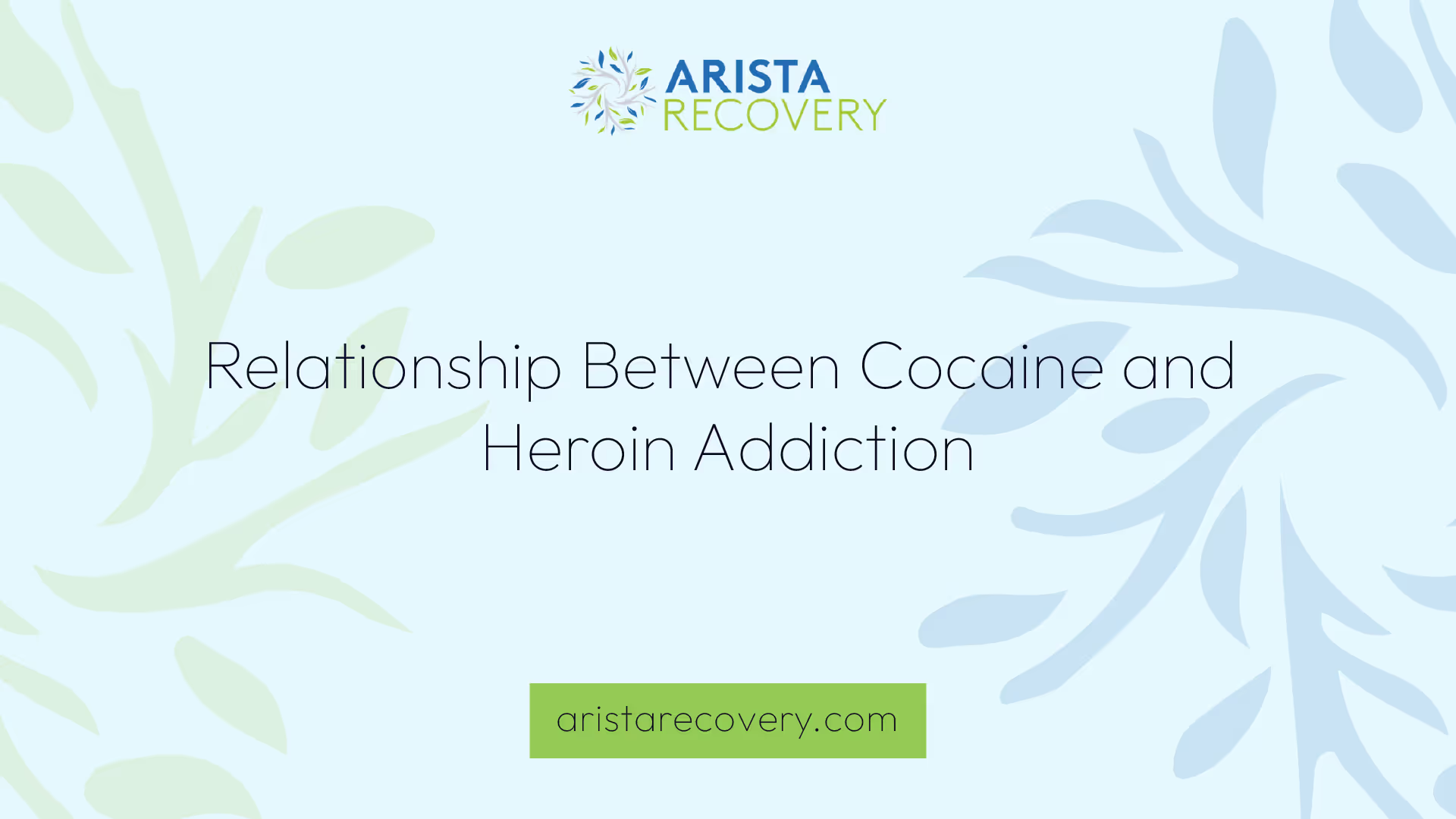Five Surprising Statistics About Drug Abuse in U.S.


Drug Abuse Statistics in the U.S.
Understanding the scope and impact of drug abuse in the United States requires a closer look at the statistics surrounding arrests and commonly committed offenses. These figures offer insight into the ongoing challenges posed by substance use disorders.
Annual Arrests for Drug Offenses
Each year, a significant number of individuals are arrested for drug-related offenses. According to the latest data, approximately 1.16 million Americans are arrested annually for drug-related crimes. This staggering figure highlights the prevalence of drug abuse and its consequences within society.
Commonly Arrested Drug Offenses
The types of drugs involved in these arrests can vary. In the early 2010s, marijuana was the most frequently cited drug offense among those arrested. Reports indicate that a majority of individuals arrested for drug offenses had used marijuana at the time of their arrest, while crack and cocaine were the second most common drugs reported [1].
These statistics illustrate not only the high rates of drug-related arrests but also the types of substances that are most commonly associated with these offenses. The ongoing trends in drug use and arrests underscore the need for effective interventions and support systems for individuals struggling with addiction.

Relationship Between Cocaine and Heroin Addiction
Cocaine and heroin are two of the most commonly abused drugs in the United States. Understanding the connection between these substances is crucial for addressing addiction effectively.
Cocaine and Heroin Addiction Rates
Research indicates that individuals who struggle with cocaine addiction are significantly more likely to develop a heroin addiction as well. Specifically, cocaine addicts are 15 times more likely to also be addicted to heroin [1]. This co-occurrence suggests a strong relationship between the two substances, possibly due to overlapping social, environmental, and psychological factors.
The following table summarizes the relationship between cocaine and heroin addiction:
The rising drug overdose death rates involving cocaine reflect an alarming trend. Age-adjusted rates of drug overdose deaths involving cocaine have been increasing since 2012 [2].
Furthermore, deaths involving psychostimulants, including cocaine, have seen a significant surge. The number of deaths from psychostimulants with abuse potential, primarily methamphetamine, rose from 5,716 in 2015 to 34,022 in 2022.
Demographic patterns also reveal disparities in drug-related deaths. Deaths involving psychostimulants and natural and semisynthetic opioids are more prevalent in rural areas, while urban areas report higher rates of deaths involving cocaine, heroin, and synthetic opioids other than methadone [4].
Understanding the relationship between cocaine and heroin addiction is essential for developing effective prevention and treatment strategies. Awareness of the heightened risk associated with cocaine use can help healthcare providers and individuals address potential co-occurring disorders more effectively.

Federal Sentencing for Drug Crimes
Trends in Federal Drug Crime Sentencing
The landscape of federal sentencing for drug-related offenses has evolved significantly over the years. Between 2005 and 2015, the rate at which individuals were sentenced to federal prison for drug crimes reached its peak. This trend reflected a growing concern regarding drug abuse and the impact of various substances on communities across the United States [1].
In recent years, federal sentencing policies have been influenced by several key factors, including shifts in drug use patterns, the opioid crisis, and the introduction of new legislative measures aimed at addressing addiction more effectively. The Biden-Harris Administration's drug policy priorities have focused on expanding access to evidence-based prevention and treatment, as well as reducing the supply of illicit drugs such as fentanyl, which has been a significant contributor to the increase in overdose deaths.
The following table illustrates the trends in federal drug crime sentencing over the past decade:
These figures indicate a decline in the number of individuals sentenced to federal prison for drug offenses since the peak years. This reduction may reflect the changes in federal policy that emphasize treatment and support rather than strict punitive measures, particularly in light of the ongoing opioid epidemic.
The opioid crisis has had a profound effect on communities, with a ripple impact on quality of life and economic opportunity. As such, federal sentencing trends are increasingly being scrutinized and adapted to prioritize rehabilitation and recovery over incarceration.
Drug Use Among Arrested Individuals
Popular Drugs Among Arrested Individuals
Understanding the types of substances most commonly associated with arrests can provide insight into drug use trends in the U.S. In recent years, marijuana has consistently ranked as the most frequently cited drug in arrests. According to data, a majority of individuals who used drugs during their arrest reported using marijuana at the time of the offense. Crack and cocaine followed as the second most common substances reported.
In the early 2010s, marijuana was notably the number one drug offense in the United States. The usage of opioids has also seen an upward trend, with nearly 108,000 persons in the U.S. dying from drug-involved overdoses in 2022, including both illicit and prescription drugs.
This data highlights the ongoing challenges related to drug addiction and the impact of various substances on communities across the nation.
Prescription Drug Utilization in Healthcare Settings
Understanding the utilization of prescription drugs in various healthcare settings is essential in grasping the broader context of drug abuse in the U.S. Here, we will examine drug utilization trends in physician office visits, hospital outpatient visits, and emergency department visits.
Drug Utilization in Physician Office Visits
In 2019, an estimated 3.8 billion drugs were ordered or provided during physician office visits in the U.S.. This significant figure highlights the extensive reliance on prescription medications in routine healthcare.
Drug Utilization in Hospital Outpatient Visits
The utilization of drugs in hospital outpatient departments is also noteworthy. In 2019, approximately 1.3 billion drugs were ordered or provided at these visits [6]. This statistic underscores the importance of outpatient care and its role in drug prescription.
Drug Utilization in Emergency Department Visits
Emergency departments play a critical role in providing immediate care, and drug utilization in these settings can indicate urgent healthcare needs. In 2021, an estimated 1.1 billion drugs were ordered or provided during emergency department visits in the U.S. [6]. This figure reflects the pressing nature of medical conditions that often require immediate pharmacological intervention.
These statistics reveal significant trends in prescription drug utilization across various healthcare settings, shedding light on the potential for both therapeutic use and misuse of medications. Understanding these figures is crucial for addressing the ongoing challenges associated with drug addiction in the U.S.
Rising Trends in Drug Overdose Deaths
Increase in Drug Overdose Death Rates
The United States has witnessed a significant rise in drug overdose death rates in recent years. From 2020 to 2021, the age-adjusted rate of drug overdose deaths increased by more than 14%. This alarming trend indicates a growing public health crisis that affects individuals across various demographics.
The data reveals that nearly 108,000 individuals died from drug-involved overdoses in 2022, a stark increase from previous years [3]. The following table summarizes the reported drug overdose deaths over recent years:
This data illustrates a concerning upward trajectory in overdose fatalities, highlighting the urgent need for effective interventions and support systems.
Demographic Patterns in Drug Overdose Deaths
Demographic factors play a crucial role in understanding the patterns of drug overdose deaths. Analysis shows that drug overdose death rates were higher in 2021 than in 2020 for all age groups aged 25 and over.
Among different ethnic groups, non-Hispanic American Indian or Alaska Native individuals had the highest drug overdose death rates in both 2020 and 2021. The following table presents the demographic patterns related to drug overdose deaths:
These statistics reveal the disparities present in drug overdose deaths among different ethnic groups and ages. Understanding these trends is vital for tailoring prevention and treatment strategies effectively.
References
[1]: https://drugabusestatistics.org/drug-related-crime-statistics/
[3]: https://nida.nih.gov/research-topics/trends-statistics/overdose-death-rates
[5]: https://www.usda.gov/topics/opioids
[6]: https://www.cdc.gov/nchs/fastats/drug-use-therapeutic.htm
You’re not alone in this.
When mental health challenges and addiction intersect, it can feel isolating. At Arista, we offer compassionate, evidence-based, and trauma-informed care to help you heal, grow, and move forward.
You’re not alone in this.
When mental health challenges and addiction intersect, it can feel isolating. At Arista, we offer compassionate, evidence-based, and trauma-informed care to help you heal, grow, and move forward.
Support that moves with you.
You’ve taken a brave first step. At Arista Recovery, we’re here to help you continue with best-in-class care designed for long-term healing and support.
.webp)






